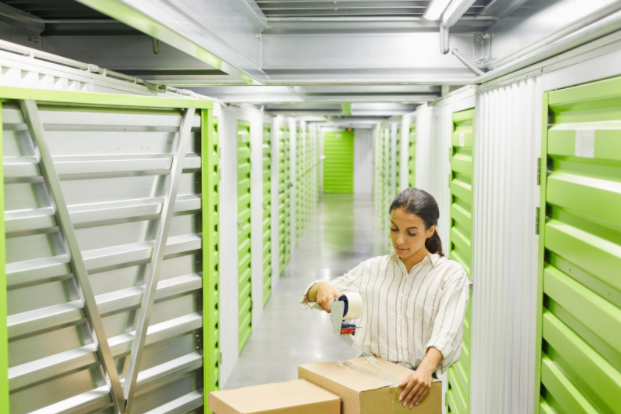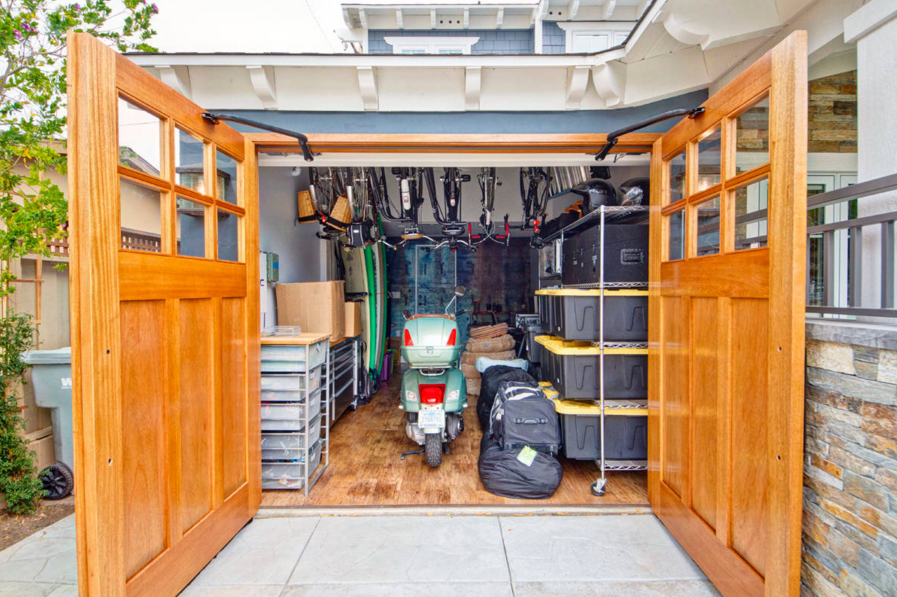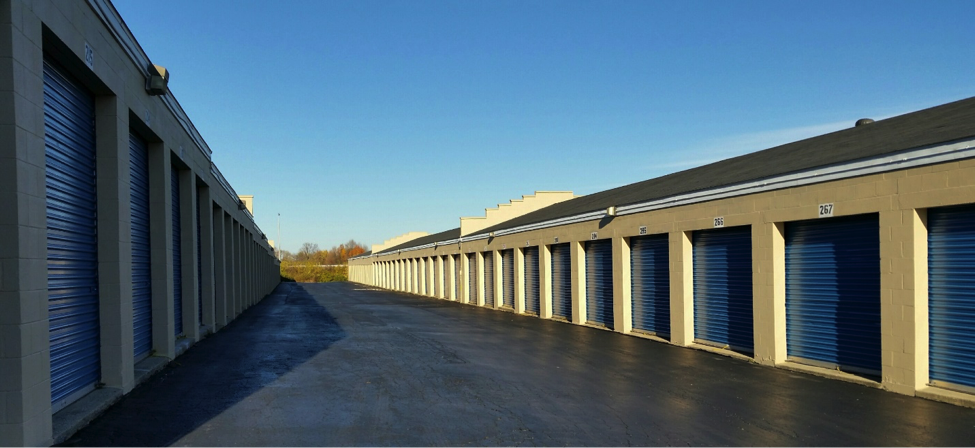Make space in your home by storing your belongings in a self-storage unit. It’s a great investment!

When it’s time to say goodbye to summertime activities and adventures, you’re facing the task of storing your outdoor gear and equipment for the next season. Camping, fishing, and kayaking are great activities in your free time, but they also mean lots of gear to store. And when you don’t want them to take up valuable storage space in your home, it’s best to consider renting a self-storage unit where you can easily organise and store them for the next adventure season.
Storing them properly will keep them safe and intact the next time you need them. And in the following lines, you’ll find some great tips on how to store them correctly in a self-storage unit.
Make sure everything is cleaned and not damaged before storing
First, before you start hauling your precious gear to a storage facility, ensure everything is cleaned and not damaged.
You best know that outdoor gear and equipment are pretty expensive, and you definitely don’t want to find it ruined the next time you need it. Dirt and moisture can cause severe damage to your equipment, and before you store them, you must make sure everything is nicely cleaned and dried.
Plain soap and water will be enough to clean different fabrics and eliminate any stains or odours. Hang them to dry, but it is recommended not to expose them to direct sunlight. The same goes for pretty much any other equipment you’ve got.
You can use soap and water or a spray bottle to get rid of dirt, sand, mud, or anything else left on your gear. Moisture is an enemy, so you don’t want it around! It can cause metal components to rust or cause mould and mildew to fabrics.
So, before you store anything, it must be completely dry!
Choose the proper containers for your gear
You want your outdoor gear and equipment to be accessible, organised, and easily portable. You can achieve this by getting the proper containers for your gear. Organising your equipment into general categories like tools, fishing, grilling, etc., will be helpful.
If you’re storing sports equipment like helmets, baseball bats, gloves, etc., you should choose well-ventilated containers to keep the air flowing.
When it comes to everything else, you can get closed containers for its storage, but once again, make sure everything is dry!

Group your stuff together
You should have a well-organised storage unit where you can easily find your inventory and easily access your equipment. To make this possible, there are several things you can do, and grouping your stuff into categories is one of them.
When you have a grouping system that works best for you, you can easily store your things into categories, depending on what you’ve got. If you think that colour-coded tape will help you, get some to mark the containers and outline their content.
Label everything before putting it in storage
Ensure you don’t forget this crucial step because organising your gear into categories and containers without knowing what’s inside will be useless.
You’ll probably end up with many containers, and without proper labels, you’ll have to go through many before finding what you’re looking for.
So, get yourself some labels to mark the containers. Keeping an inventory of what’s inside each container will be a huge time-saver when the new adventure season arrives.
Plus, your storage unit will look super cool and organised with all those labelled containers.
How to store different types of equipment
There’s no need to explain that your outdoor gear and equipment have a huge value to you. It would be such a shame and loss if something happened to it, but there are ways you can avoid that from happening.
Knowing how to properly take care of your equipment and store it in a self-storage unit is essential when you want to protect it for an extended period.
And you can store your equipment easier and more efficiently with the tips below:
- Fishing gear – Your fishing equipment has its own storage challenges that should be addressed adequately. After cleaning and drying all the parts, you should go through everything again and reorganise as best as possible. Throw everything you’ll no longer need, and it’s best to invest in a spool box to keep your lines knot-free. You’ll want to group items correctly and, of course, label everything. When storing your rods, it’s recommended to keep them in a vertical wall rack or simply mount them horizontally. You probably already know that poles can bend and distort over time, decreasing productivity.
- Canoes and kayaks – During the off-season, you must take time to store them correctly and safely to ensure their longevity. Once you’ve cleaned and dried them completely, it’s time to do some additional preparations before you put them into storage. This gear should be stored in a climate-controlled storage unit to keep them away from outdoor elements. You can invest some money in a kayak rack if you don’t already have one. This will keep your canoes and kayaks safe and protected, and you’ll utilise more space in your storage unit.
- Camping gear – Your camping gear is essential to you if you’re a person who’d much rather spend their time outdoors under the stars. But, of course, if not stored correctly, you risk deteriorating this expensive equipment. As mentioned above, renting a climate-controlled storage unit for your camping gear is also best. Cleaning and drying everything are crucial parts of the process. After doing that, roll up your tent loosely and put it in a breathable fabric bag or simply use a pillowcase. You don’t have to store it in its original packaging. The same goes for your sleeping bag too.
- Inflatable toys for the summer – The weird shapes of some inflatable summer toys make them harder to put into storage. But you can use some great hacks to store them properly and safely in the storage unit. After cleaning and drying them, deflating them to the lowest possible level is essential. To avoid the plastic clinging together, spread a small cornstarch or talcum powder coating. The next step is to loosely fold or roll to avoid causing tension on the fabric. You can store them in clear containers, install ceiling hooks, and hang them in suitable bags.

Conclusion
You know how much money you’ve invested into your outdoor gear and equipment, and you surely don’t want to put that money to waste by not taking proper care of your belongings.
To avoid any damage, you should consider a climate-controlled storage unit where you’ll have peace of mind that your equipment is safe and protected, waiting for you during the next adventure season.
Storage facilities are your best bet for storing your prized investments. Featuring a humidity-control, dry, and pest-free area, your belongings will be safe and protected during storage.
